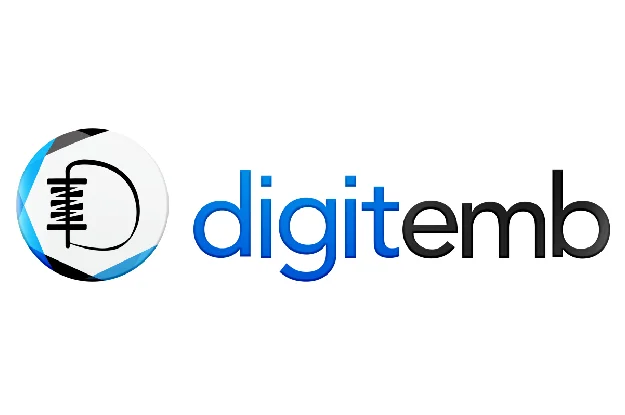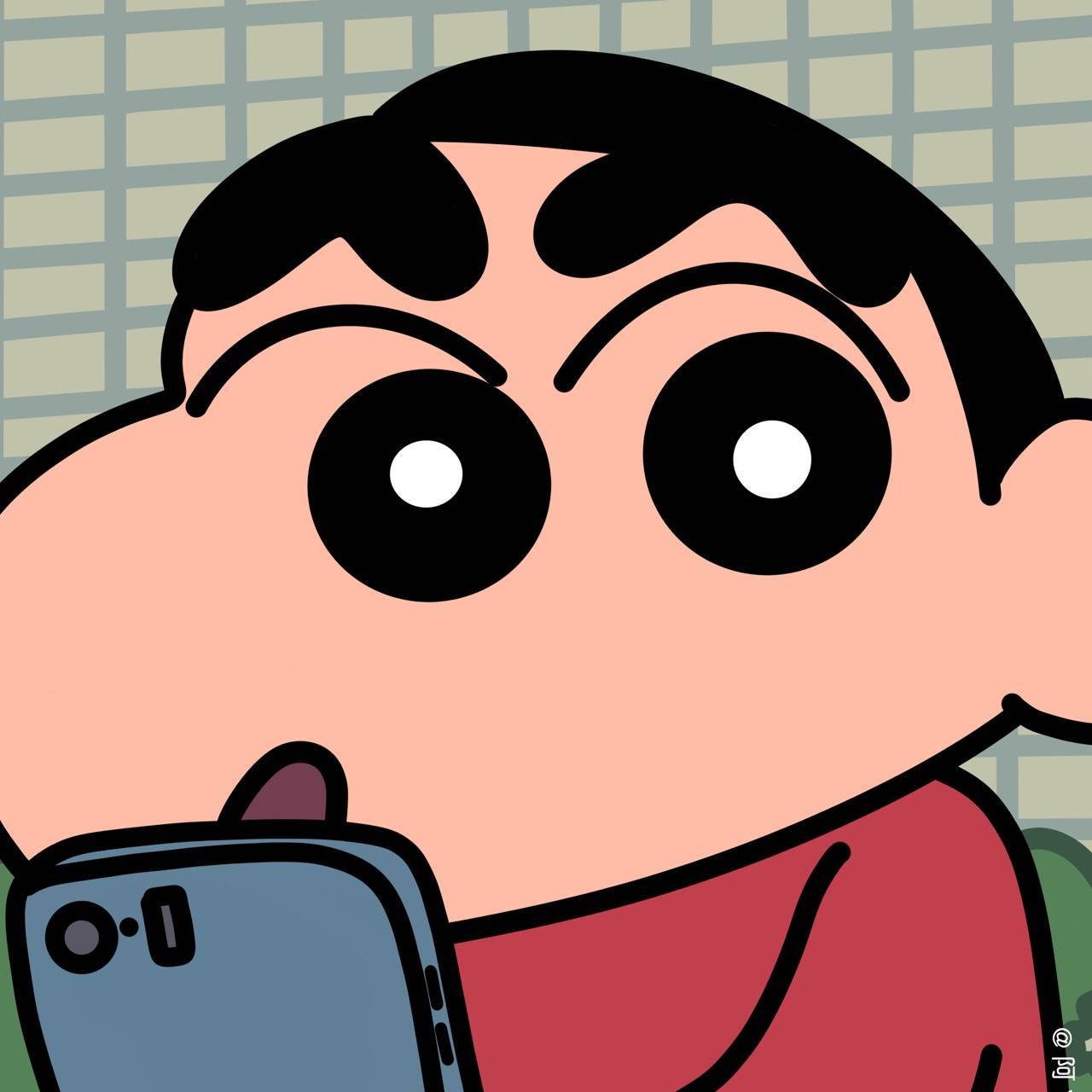In a world where trends come and go at lightning speed, custom embroidery continues to stand tall as a timeless expression of creativity, quality, and identity. From classic fashion statements to corporate branding strategies, embroidery has evolved into a versatile art form that bridges tradition with innovation. The rise of advanced techniques and digital solutions has only enhanced its impact, making embroidered apparel and accessories more accessible and appealing than ever.
Custom embroidery does more than just decorate fabric; it tells stories, builds brands, and creates lasting impressions. Whether showcased on jackets, hats, or bags, embroidered designs offer unmatched durability and sophistication that printed methods often fail to deliver. Today, businesses and individuals alike turn to embroidery as a trusted solution for style and identity.
Why Embroidery Still Holds Its Value
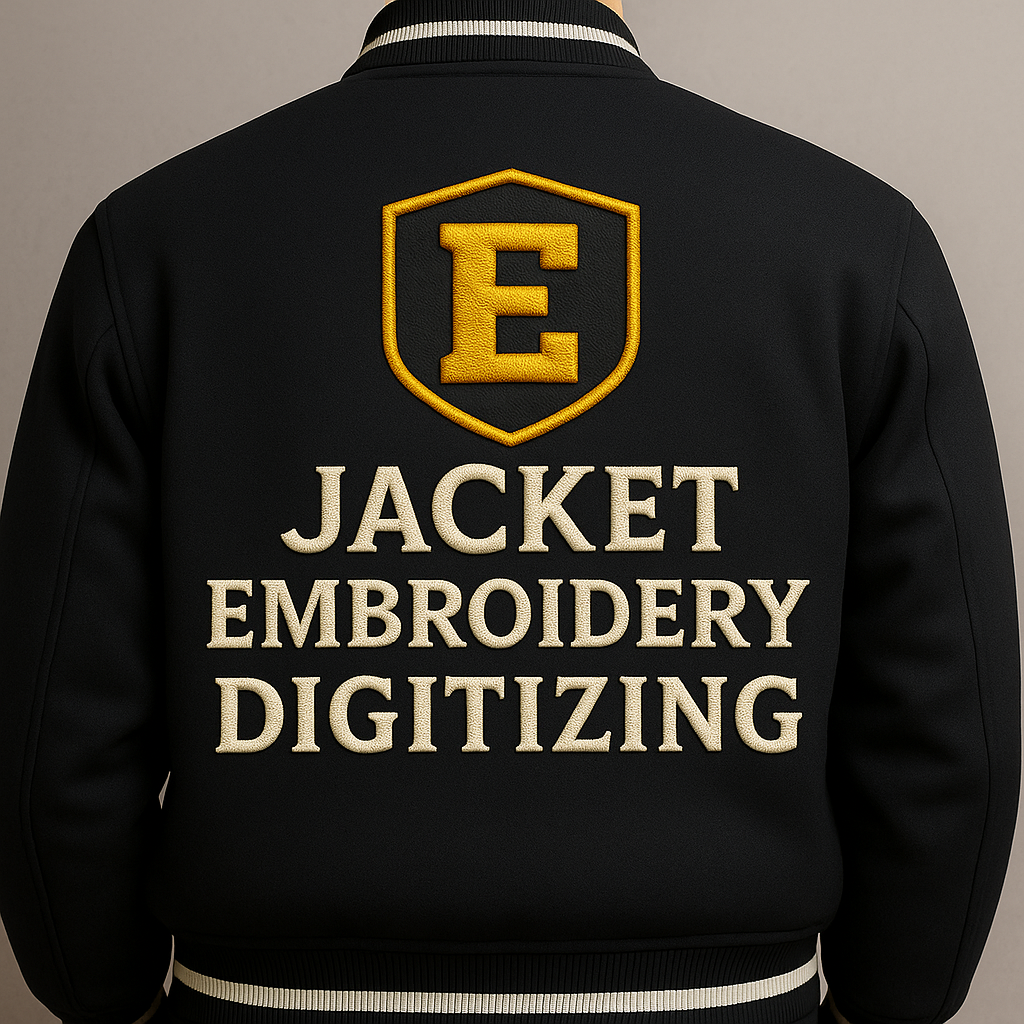
Even in today’s digital age, embroidery remains one of the most respected decoration methods. Unlike prints that can fade, peel, or crack, embroidery uses carefully placed stitches that withstand time and wear. This makes embroidered designs not only visually appealing but also practical for everyday use.
For businesses, embroidery provides a professional look that instantly elevates uniforms, promotional apparel, or accessories. A company logo stitched onto a polo shirt, for example, communicates trust and credibility. For individuals, embroidery represents self-expression. A personalized patch or monogram can turn a simple jacket or bag into a one-of-a-kind piece with sentimental value.
This blend of durability and elegance explains why embroidery continues to thrive across industries ranging from fashion to hospitality, sports to corporate branding.
Embroidery Digitizing: Turning Artwork into Precision
At the heart of professional embroidery lies embroidery digitizing. This process is the bridge between creative design and technical execution. Without it, embroidery machines cannot understand how to stitch a design. Digitizing involves converting an image into a stitch file that guides the machine in placing each thread with accuracy.
Embroidery digitizing is not merely a technical step; it is an art form in itself. A skilled digitizer considers factors such as stitch density, underlay, and direction to ensure the design appears clean and consistent on fabric. Different fabrics react differently to stitching, so settings must be customized for each material. For example, a design created for a thick jacket may require adjustments before being applied to a lightweight cap.
When done correctly, digitizing ensures smooth lines, balanced fills, and precise details. Poor digitizing, on the other hand, can result in thread breaks, puckering, or distorted shapes. This is why businesses that care about their brand image always invest in professional digitizing services—because the quality of digitizing determines the quality of the finished embroidery.
Vector Art: The Foundation of Sharp Designs
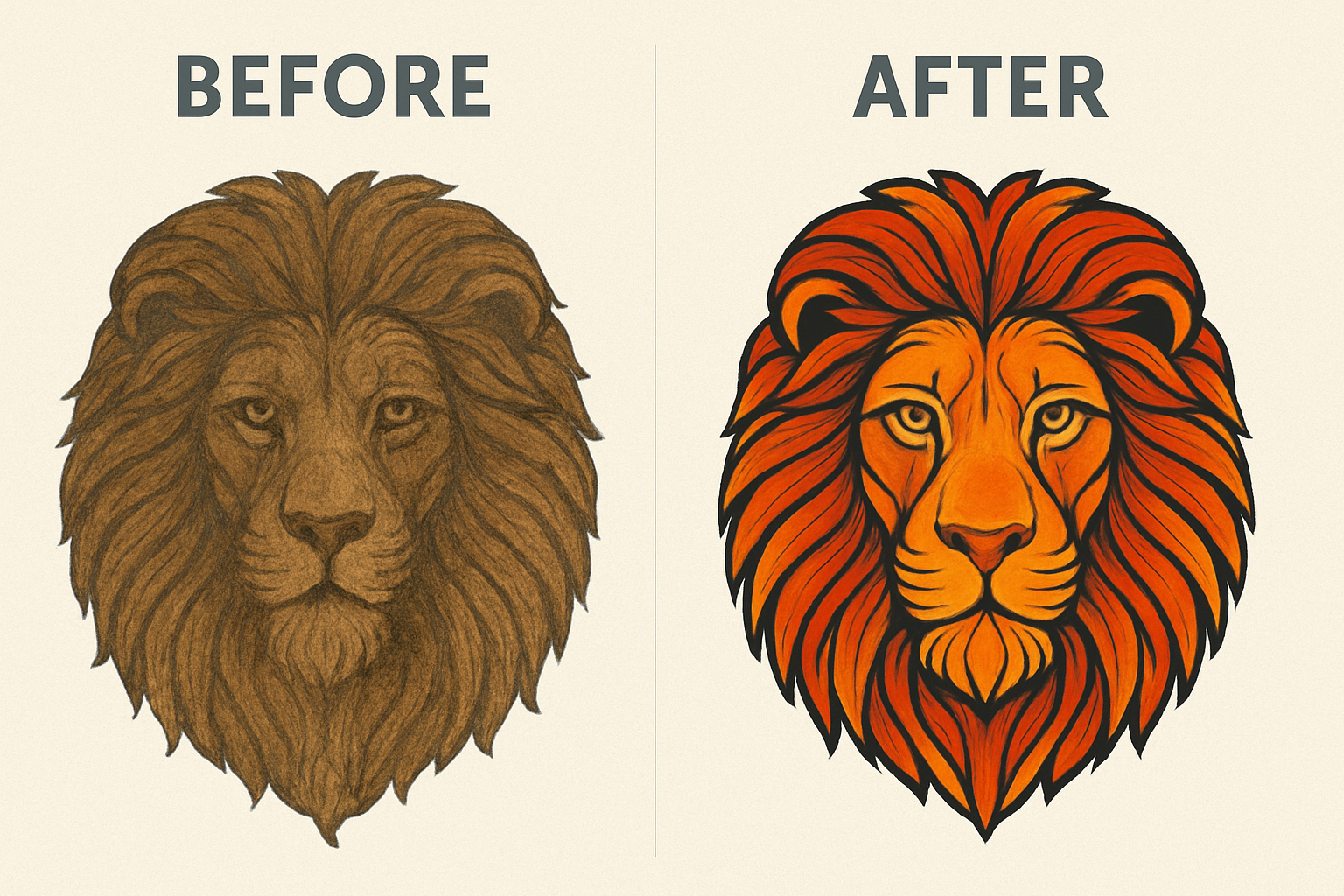
Before digitizing begins, the design must first be prepared in the right format. This is where vector art plays its crucial role. Unlike raster images, which rely on pixels and often lose quality when resized, vector graphics are built from mathematical paths that scale seamlessly at any size.
For embroidery, vector art provides the sharp, clean lines necessary for precise stitch mapping. Without it, small details may blur or become distorted, leading to poor embroidery results. With vector art, however, every curve and edge remains crisp, ensuring that logos and designs translate perfectly from the screen to the fabric.
Vector art also benefits businesses in ways that go beyond embroidery. Once a logo or design is created in vector format, it can be used across multiple platforms—printing, signage, packaging, or promotional items—without ever losing quality. In this sense, vector art is not just preparation for embroidery; it is the foundation of consistent and professional branding.
The Versatility of Custom Patches
Custom patches are one of the most popular applications of embroidery, admired for their style, adaptability, and efficiency. Unlike direct embroidery, which requires each garment to be stitched individually, patches can be produced in bulk and then applied to different items. This makes them a cost-effective solution for businesses, sports teams, or organizations that need large quantities of branded products.
Patches are also incredibly versatile. They can be sewn onto jackets, hats, and bags, giving each item a bold and personalized look. Backing options such as iron-on, Velcro, or adhesive add even more flexibility. For uniforms, patches make replacements easier without altering the entire garment. For fashion brands, they provide opportunities to experiment with new designs or limited-edition collections.
Another key advantage of patches is their durability. Constructed with high-quality threads and strong backings, custom patches can withstand wear, washing, and heavy use. This makes them suitable not only for everyday fashion but also for industries such as the military, law enforcement, and athletics, where uniforms must endure tough conditions.
Why These Services Work Best Together
Embroidery digitizing, vector art, and custom patches are three distinct services, but they are most powerful when used together. The process begins with vector art, which ensures the design is sharp and scalable. Digitizing then converts that artwork into a stitch file optimized for fabric and thread. Finally, the design is brought to life as a custom patch that can be applied across a variety of items.
This workflow ensures that every stage is handled with precision, resulting in professional-quality embroidery that is consistent, durable, and visually appealing. Businesses benefit from streamlined production and consistent branding, while individuals gain access to personalized products that reflect their style.
By combining these services, embroidery providers deliver a complete solution that meets the demands of both creativity and practicality.
Why Professional Providers Make the Difference
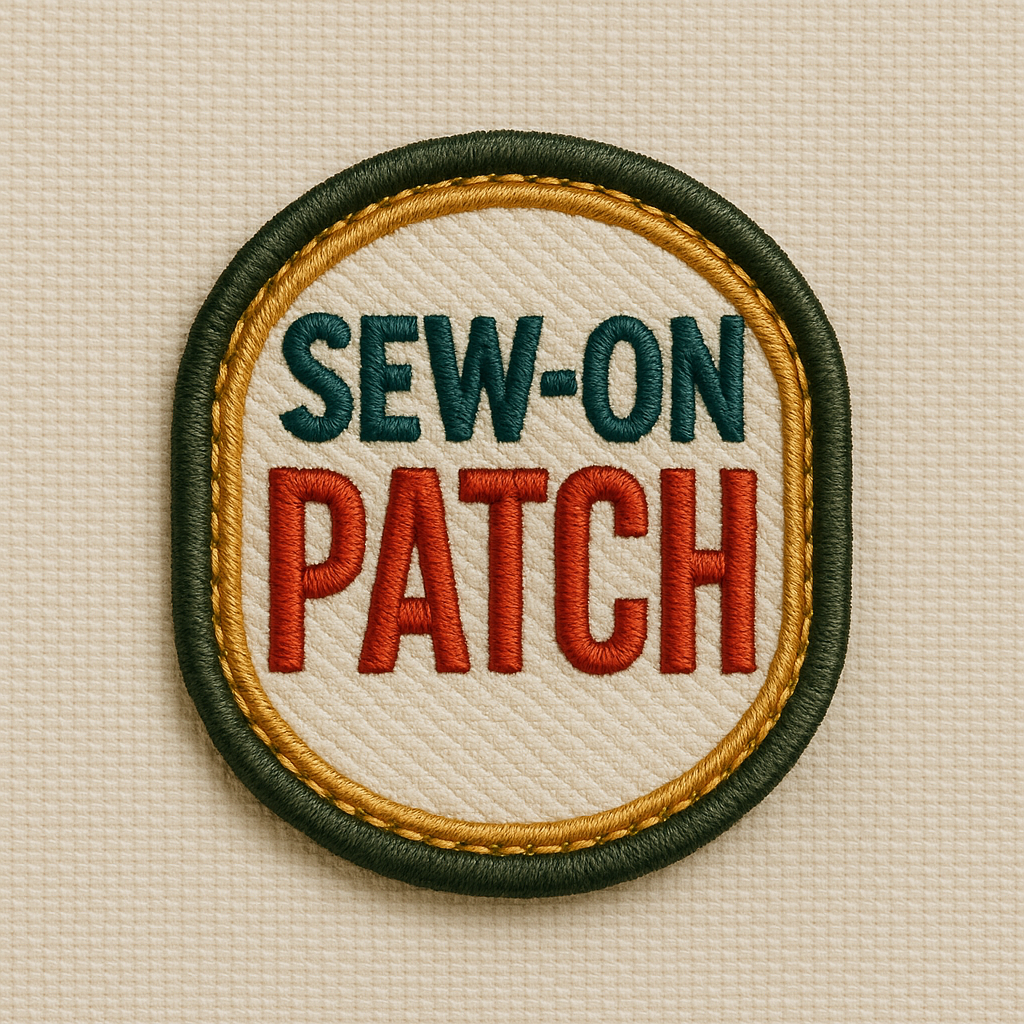
While embroidery may seem simple at first glance, achieving flawless results requires expertise. Professional service providers understand the technical challenges of different fabrics, threads, and designs. They know how to adjust stitch settings to avoid common problems like puckering or misalignment.
Professionals also ensure faster turnaround times and higher consistency, making them the ideal choice for businesses that need reliable branding solutions. With professional embroidery digitizing and vector art services, companies can rest assured that their logos and designs will be reproduced accurately every time.
For brands, quality embroidery is more than decoration—it is a reflection of professionalism. Choosing experts ensures that every embroidered product upholds the brand’s reputation and creates a lasting impression on clients, employees, and customers alike.
Conclusion: Elevating Style with Embroidery
Custom embroidery is more than a trend; it is a timeless craft that continues to evolve with modern technology. Embroidery digitizing ensures technical precision, vector art provides flawless design preparation, and custom patches offer versatility and style. Together, they create embroidered products that elevate apparel and accessories to new levels of quality and creativity.
From jackets and hats to bags and uniforms, embroidered designs are durable, stylish, and professional. For businesses, they represent strong branding; for individuals, they offer a canvas of self-expression. In every context, embroidery leaves a lasting impression—one that stands the test of time.


